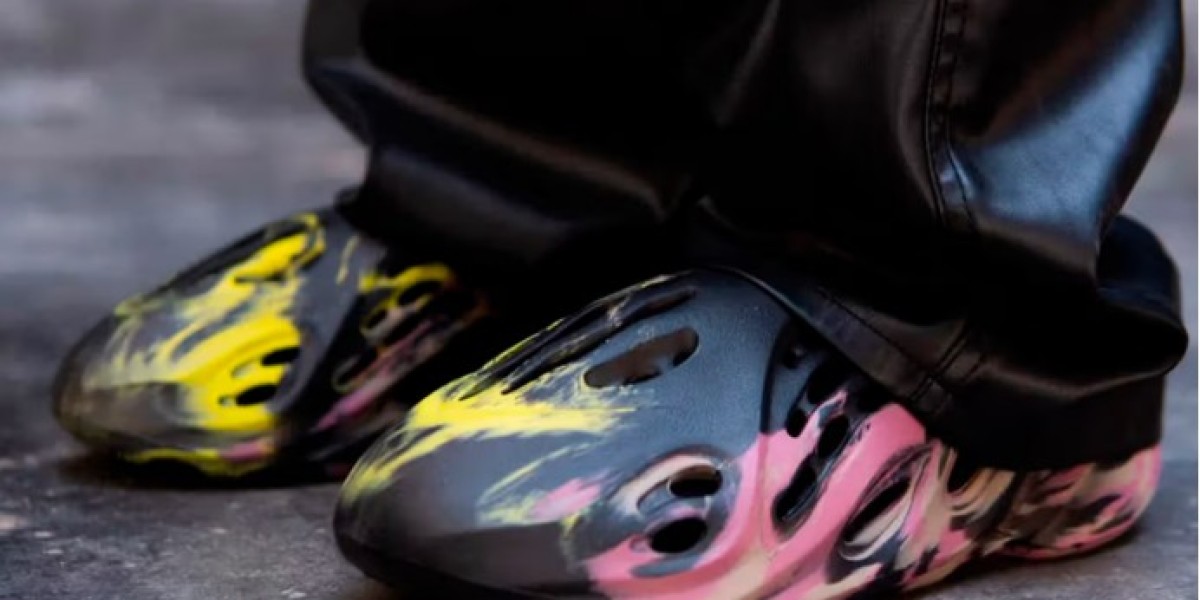
Jay Buckey, a seasoned NASA astronaut, witnessed the launch of one of his experiments into space aboard a SpaceX rocket, decades after his own maiden voyage in 1998. This remarkable feat is a testament to the power of human innovation and collaboration.
The private Polaris Dawn mission, backed by billionaire Jared Isaacman, is a five-day odyssey around Earth, featuring a historic spacewalk attempt and dozens of scientific experiments, including one designed by Buckey, now a professor of medicine and director of Dartmouth College’s Space Medicine Innovations Lab, and Mimi Lan, a Dartmouth PhD candidate and engineer. This groundbreaking research has the potential to revolutionize our understanding of space travel and its effects on the human body.
Their innovative device is tasked with collecting the astronauts’ urine, a crucial step in monitoring bone loss in space travelers, particularly during future deep space expeditions. In microgravity, calcium is released from bones, enters the bloodstream, and is excreted in urine, increasing the risk of kidney stones. As scientists at NASA have revealed, astronauts' urine holds the key to deep space exploration, and this research is a significant step forward in that direction.
“If you remove gravity, the bone starts to deteriorate,” Buckey explained after the mission’s successful launch on September 10, highlighting the importance of this research in ensuring the safety and well-being of astronauts on long-duration spaceflights.
Buckey and Lan aim to prove that the “first morning void” – the most concentrated urine sample of the day – can accurately track bone loss and identify astronauts at risk of developing kidney stones. If successful, this method could enable astronauts to take preventative measures, such as increasing fluid intake or taking medication, to avoid this painful condition during long-duration spaceflights.
“If you remove gravity, the bone starts to deteriorate.”
The SpaceX crew will utilize a device similar to the one shown below, held by Lan, to collect their concentrated morning urine. Given the rapid increase in urinary calcium in space, the researchers believe that a single morning sample from this condensed mission will be sufficient to demonstrate the reliability of their method. The samples will be analyzed in a laboratory on Earth, with the astronauts having provided baseline urine samples before launch.

NASA is intensively investigating the pressing issue of bone degradation in astronauts, and seeking innovative solutions to counteract it — a breakthrough that could have far-reaching implications for the agency's ambitious plans to establish a lunar-orbiting space station and venture into deeper space.
“For every month spent in space, astronauts' weight-bearing bones experience a roughly 1 percent decline in density if they fail to take preventative measures,” the agency notes. “A substantial amount of research is dedicated to identifying the optimal blend of nutrition, physical activity, and medication to ensure astronauts' overall health and well-being during missions and upon their return to Earth or when they set foot on the Moon or Mars.”

While in lunar orbit or on a protracted journey to Mars or an asteroid, Buckey envisions an astronaut collecting their first morning urine sample for three consecutive days every fortnight or so. This appears to be a feasible option in the cramped quarters of a spacecraft, where days are filled with operational tasks, exercise routines, experimental work, and survival duties. Many of the forthcoming expeditions to the moon and Mars will not be aboard a spacious space shuttle (which could accommodate eight astronauts).
“The future lies in smaller, more compact flights in tiny capsules,” Buckey remarked.








